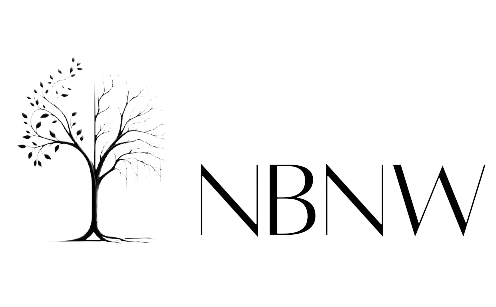

By Asmita - Jul 12, 2025
Google introduces a new photo-to-video feature in its Gemini AI assistant, utilizing the Veo 3 video generation model to animate images and add AI-generated audio. Users can create eight-second videos with sound by providing a photo and optional audio instructions. The tool aims to spark creativity while maintaining safety through content filters and community feedback.

Google's tribute to the Titanic anniversary via DevianArt
LATEST
Google has unveiled a groundbreaking photo-to-video feature in its Gemini AI assistant, enabling users to transform still images into dynamic eight-second video clips complete with sound. This innovation is powered by Google’s advanced Veo 3 video generation model, which not only animates the visual elements of a photo but also adds AI-generated audio, including background sounds, environmental effects, and even dialogue. The feature is currently rolling out to Google AI Pro and Ultra subscribers in select regions, with availability on both web and mobile platforms.
To use the tool, users simply open Gemini, tap the “video” button in the prompt bar, and upload their chosen photo. They can then provide a text description detailing the desired animation, as well as optional audio instructions for dialogue, sound effects, or ambient noise. Gemini processes the input and, within one to two minutes, generates an eight-second MP4 video in 720p resolution and a 16:9 landscape format. The finished video can be downloaded or shared directly from the app, making it easy to showcase creations with friends and family.
Google emphasizes the creative possibilities of this feature, encouraging users to animate everyday objects, bring artwork to life, or add motion to nature scenes. The technology has already sparked a surge of user-generated content, with millions of videos created since the launch of Veo 3. All videos generated by Gemini include a visible watermark indicating AI involvement, as well as an invisible SynthID digital watermark to ensure transparency and authenticity.
Safety and responsible use are central to Google’s approach. The company employs extensive testing and policy enforcement to prevent misuse and unsafe content. Users are also invited to provide feedback on generated videos, helping Google refine the tool and maintain high standards for AI-generated media. Additionally, Google has implemented robust content filters and moderation systems that automatically detect and block inappropriate or harmful outputs. The company also provides clear guidelines and educational resources to help users understand the ethical implications of AI-generated content. By combining technical safeguards with community input, Google aims to foster a creative yet secure environment for everyone exploring Gemini’s innovative capabilities.